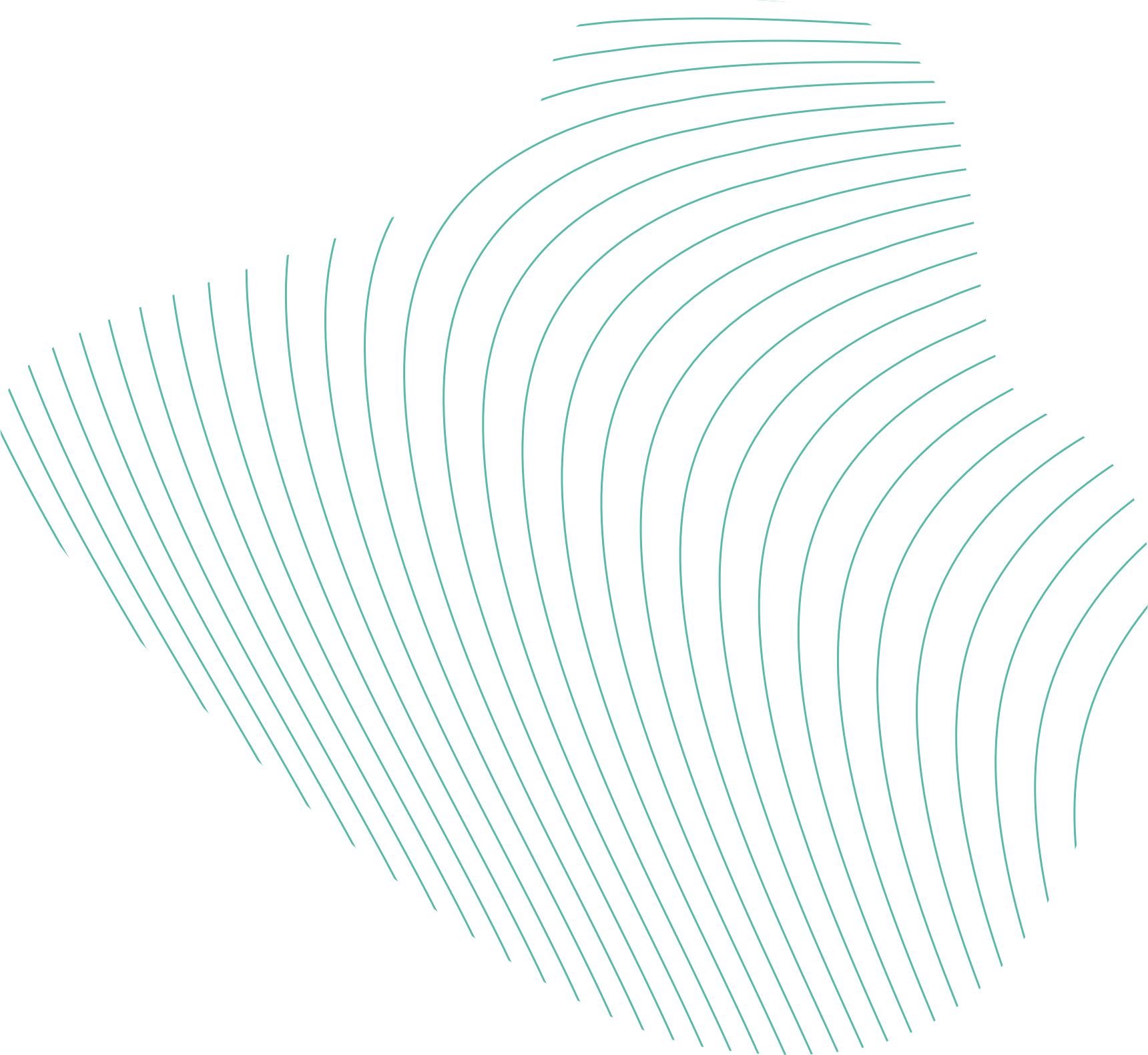


| Power plant location | Eschweiler, North Rhine-Westphalia |
| Power plant type | Lignite-fired power plant with 2 units and 2 topping gas turbines (TGT) |
| Commissioned in | 1955-1975 (lignite units) 2006-2007 (TGTs) |
| Electrical output (net)* | 1,300 MW |
| Electrical output TGTs (net) | 400 MW |
| Number of units | 2 units G,H (600MW) 2 TGTs (200MW) |
| *without TGT | |
Producing electricity since 1955
With its distinctive architecture, Weisweiler Power Station is visible from the busy A4 motorway near Aachen. Its sole fuel supplier, Inden Mine, is close to it. But only the pylons of a giant bucket wheel excavator peep out over the opencast mine rim. Motorists can see that from the motorway.
From 1955 to 1975, 8 power plant units of increasing size were commissioned. Today, there are still two 600-MW units on line at the site. In addition, the power plant utilises steam produced in the neighbouring waste incineration plant for generating electricity.
At the beginning of 2025, a 300 MW unit of the power plant was decommissioned as part of the German coal phase-out. In 2029, Weisweiler Power Station will cease to generate lignite-based electricity as Inden Mine will end production in the course of the German coal phase-out.
The Weisweiler power plant does not just generate electricity. It also supplies district heat to Forschungszentrum Jülich research facility, the village of Inden/Altdorf and, via the municipal district heating grid, parts of Aachen.
More than ten years ago, RWE Power installed two topping gas turbines at the site. The Weisweiler power plant is located close to key long-distance gas pipelines. They supply the fuel for generating about 200 MW of electricity with each of the two turbines. Since natural gas is relatively expensive compared to other fuels, the turbines are only started up in periods of peak demand and when the electricity prices are favourable. When they are operational, their waste heat is used to pre-heat the feedwater of the connected lignite units G and H. In this way more steam becomes available for generating electricity. This approach saves energy, increases the overall efficiency of the power generation process and reduces emissions. Here, gas does not replace lignite, but supplements it. The lignite units are continuously used, as in the past, to generate base-load electricity.
Pioneering projects at the Weisweiler site
In October 2023 and February 2024 RWE drilled the first two boreholes, at depths of around 100 and 500 metres, in front of the power plant. This aims to explore the subsurface for geothermal energy. The boreholes are part of the international Interreg-funded research project DGE-ROLLOUT (“Roll-out of Deep Geothermal Energy in North-West Europe”), which was coordinated by the NRW Geological Service. Scientific research partners at Fraunhofer Institute have installed a seismological observatory and a geothermal probe inside the boreholes. This forms part of a network of monitoring stations for the deep underground in the Weisweiler area. District heating from geothermal sources could provide the Rhenish mining area with a new cornerstone in the energy transition. A pipeline for district heating runs from the Weisweiler site all the way to Aachen. If renewable district heating were to flow through this pipeline in the future, it would represent yet another significant contribution by RWE towards regional structural change, following in the footsteps of the wind power and solar projects in the region.
In parallel with this project, RWE is planning to build a hydrogen-ready gas-fired power plant in Weisweiler by 2030. The plant is to provide climate-friendly yet reliable electrical power – contributing to security of supply and serving as yet another important building block in the energy transition.

